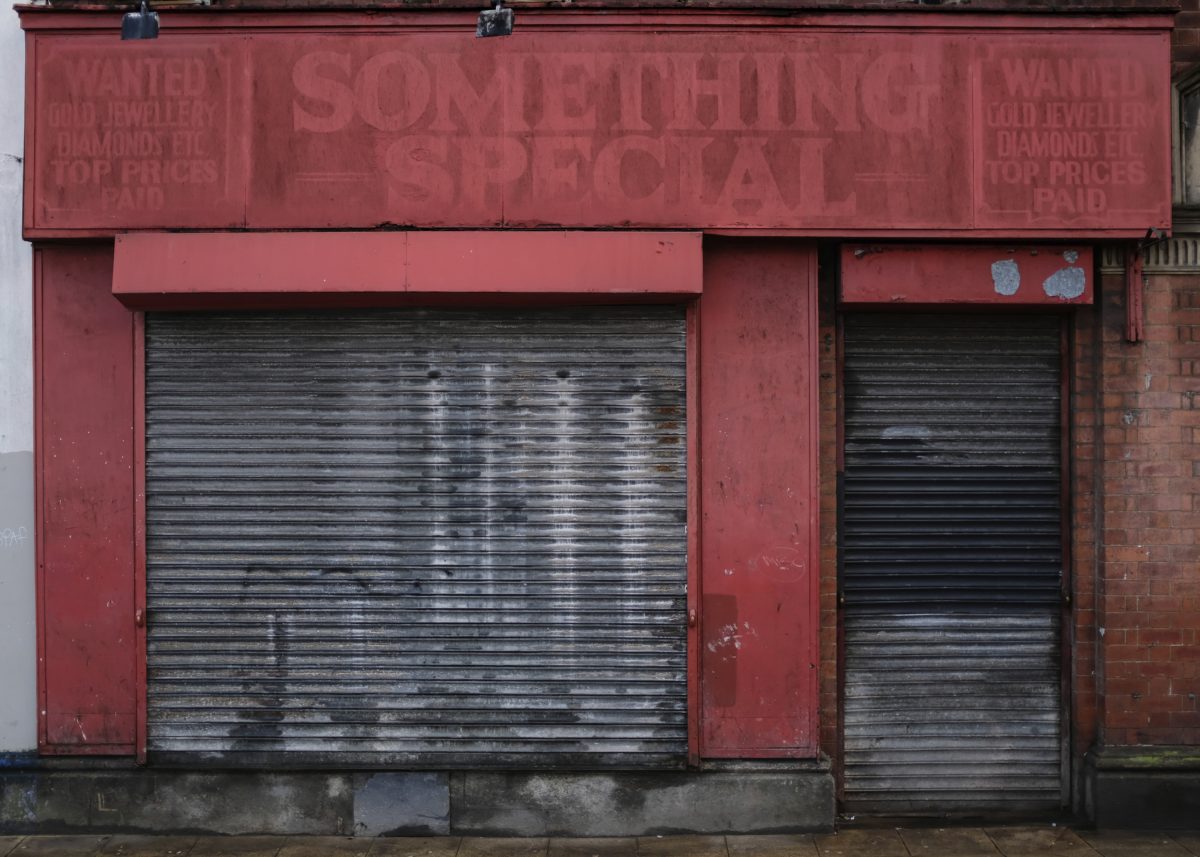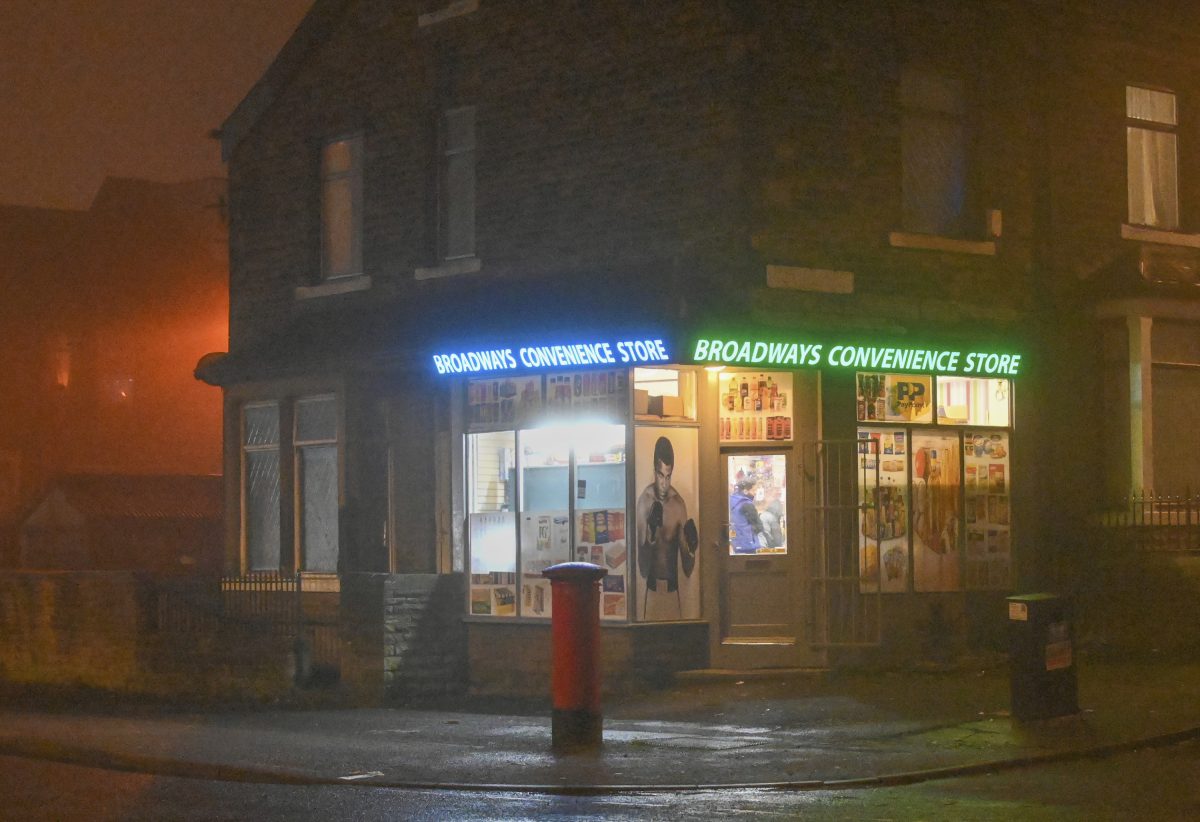A learning resource about using photography to connect people with place, community and the historic environment through collaborative practice.
Part of the Picturing High Streets programme.
Introduction
This resource is about our relationship to place. It makes use of photography as a powerful tool through which people can connect with a sense of place, community and the historic environment – with an emphasis on collaborative practice.
The creative tasks and prompts are designed to invite students to explore photography techniques that enable them to look closer at their high street and encourage students to share stories about a place that has significance to them.
It encourages students to think about the different things that give a place its own unique identity – historic buildings, heritage, landscape and the people that live and work in that place.
The resource rethinks the photographer’s role, from a solitary creator, to thinking of the image (and image maker) as a collaborator. It invites students to consider how images can have relationships and interact with each other. It introduces a zine format as part of this.
Themes
This resource takes the Picturing High Streets collection as a starting point and invites students to explore their own high street and the people who make it. It engages students in creating a collective portrait of a place and encourages collaborative practice through zine-making.
A collective portrait of a place can be thought of as a kind of group portrait – where people come together to make individual images that they each feel best represent that place. Then images are shared and the group collaboratively decides which collection of images best tells the story that they want it to about that place.
Picturing High Streets was delivered by Photoworks with Historic England to create a contemporary picture of England’s high streets. It was part of Historic England’s government-funded High Streets Heritage Action Zones Cultural Programme. This new photography archive collection shows how important the high street can be for people to come together and connect.
Further resources developed by Historic England that encourage students to be inspired by their local heritage can be found here.
I. Exploring place and the people who make it
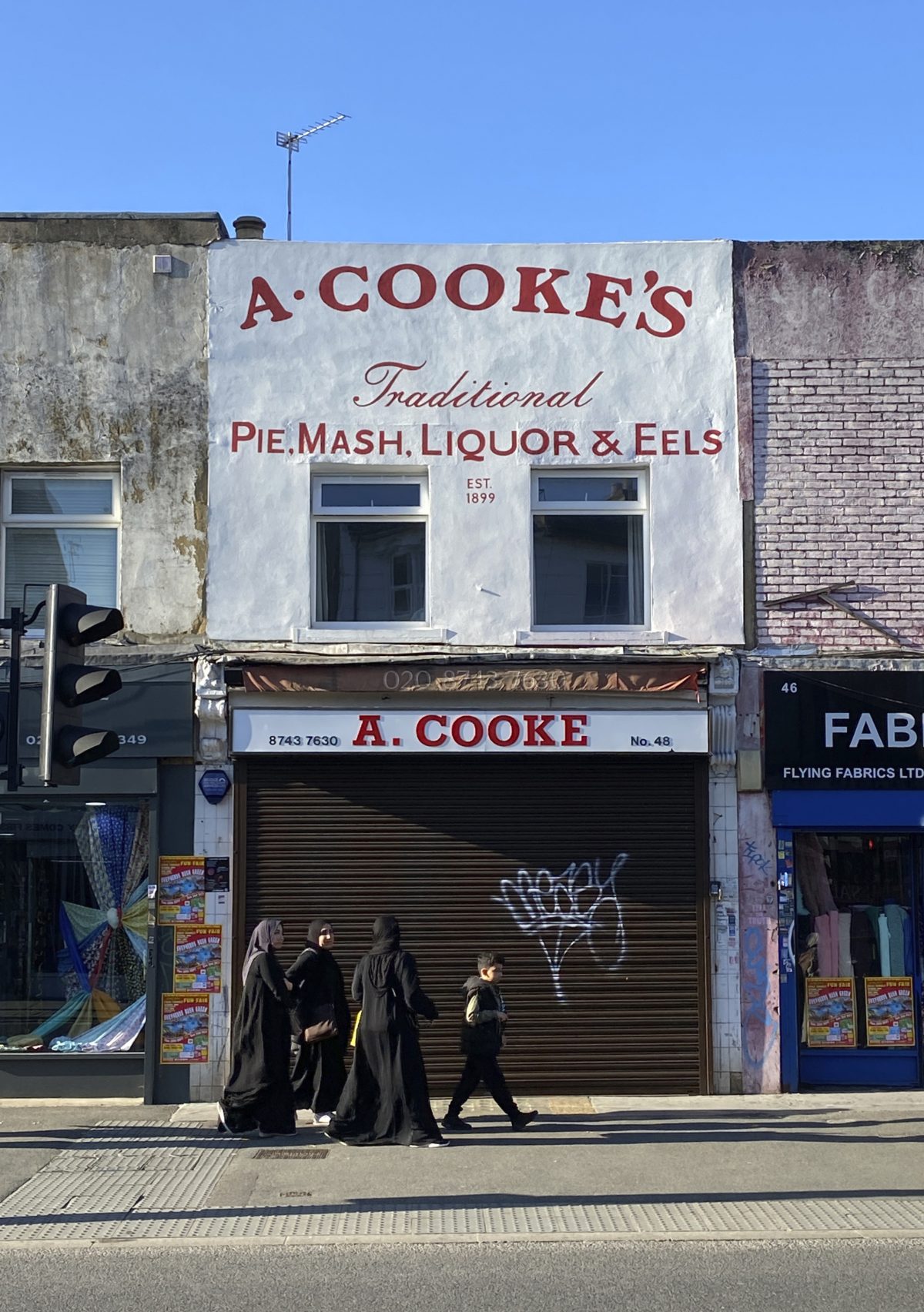
Start by thinking local. Everyone will have a different perspective of what home looks like to them. It’s those differences in lived experiences that work together to portray a raw, broad, and honest picture of a place.
Investigate
Set off on a photowalk around your local area. This could be done independently or as a group. Be mindful of your environment and your place within it.
You might find these additional tips useful.
As you walk and think about picturing your home consider the following:
- What are you drawn to photographing and why?
- Think about the people who make the place what it is. Challenge yourself to ask someone if you could take their portrait, asking them how they would like to be photographed – collaborating with them.
- Embrace the opportunity of getting to know someone when you take their portrait. Create space for them to share their story.
Try making notes – these could be observational notes about how you feel as you pass through your local area with a camera, or notes that record the stories that you’ve encountered along your photowalk.
Consent
You need permission to take a photograph of a person. Make sure that students understand this and have been given guidelines and a consent form.
See our toolkit on consent here.
Discuss
Following the photowalk, come together to share your photographs and reflect on the image making process, creating a discussion about everyone’s individual experiences.
What is it that the group wants to say and share about their place?
- Sit together as a group and embrace your role as storytellers. Share with the group the stories that you collected.
- Who did you meet?
- What was their story?
- How did you feel when they opened up to you
- Was there anything that really struck you?
- Try to find similarities and differences in what you were drawn to picturing.
- Finally, with the support of your peers, try to edit down your images – by this, we mean to select three which you feel are the strongest and most visually interesting for representing your local area.
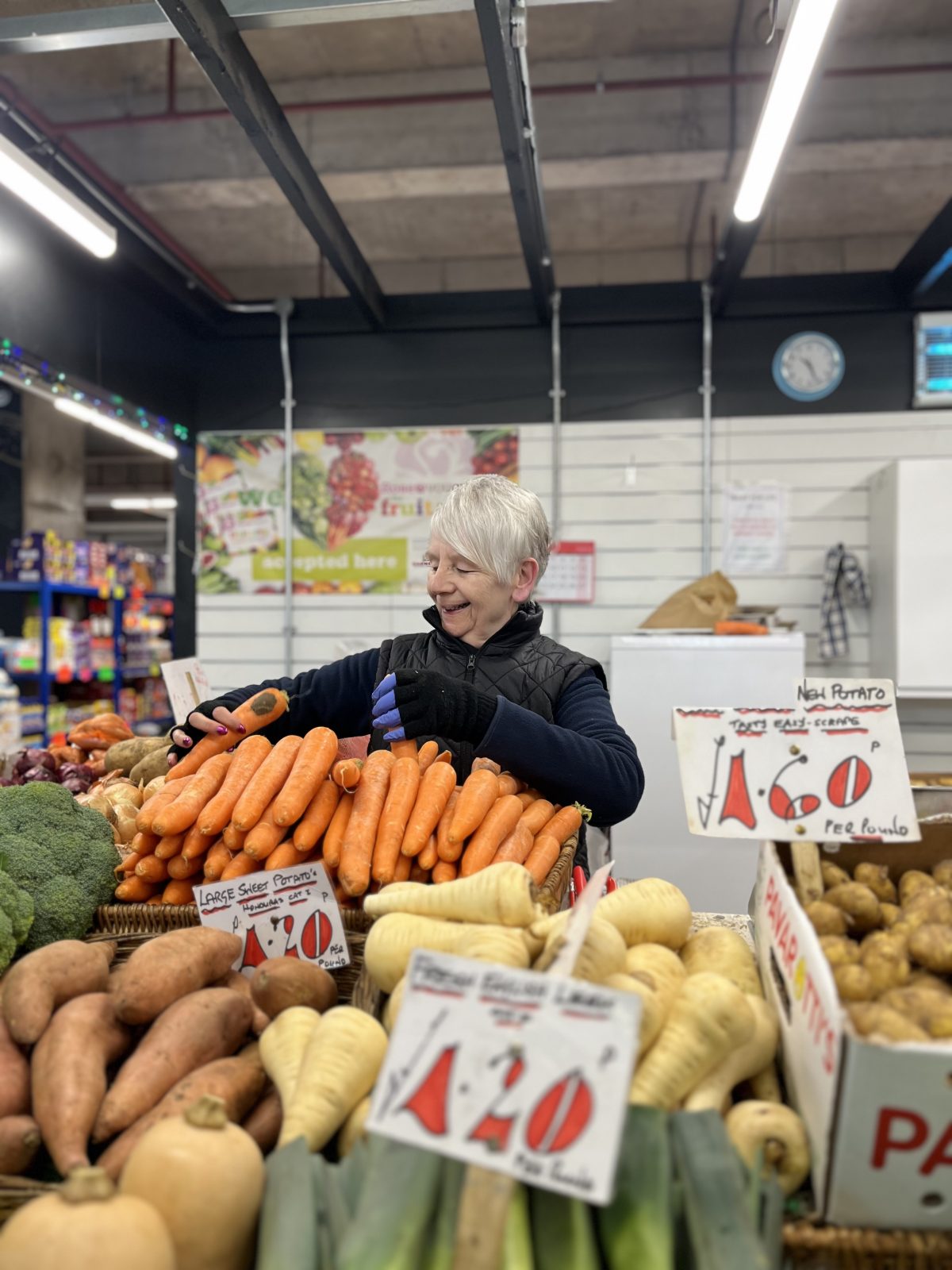
II. Developing relationships
It’s time to start working collectively. Start by making prints of everyone’s three images and scatter all these photographs across one large tabletop, or floor space. Try not to group by image maker – the idea is to step back and see these photographs as a whole. Here is an opportunity to start seeing these individual images as one collective portrait of a place.
Discuss
- Think about what we might mean by this term, a ‘collective portrait of a place’.
- As you step back and look at the collection of images, can you start to see relationships and narratives forming between the individual photographs?
- How does this wider collection create a different representation of place, than the smaller individual images? What changed for you as a viewer?
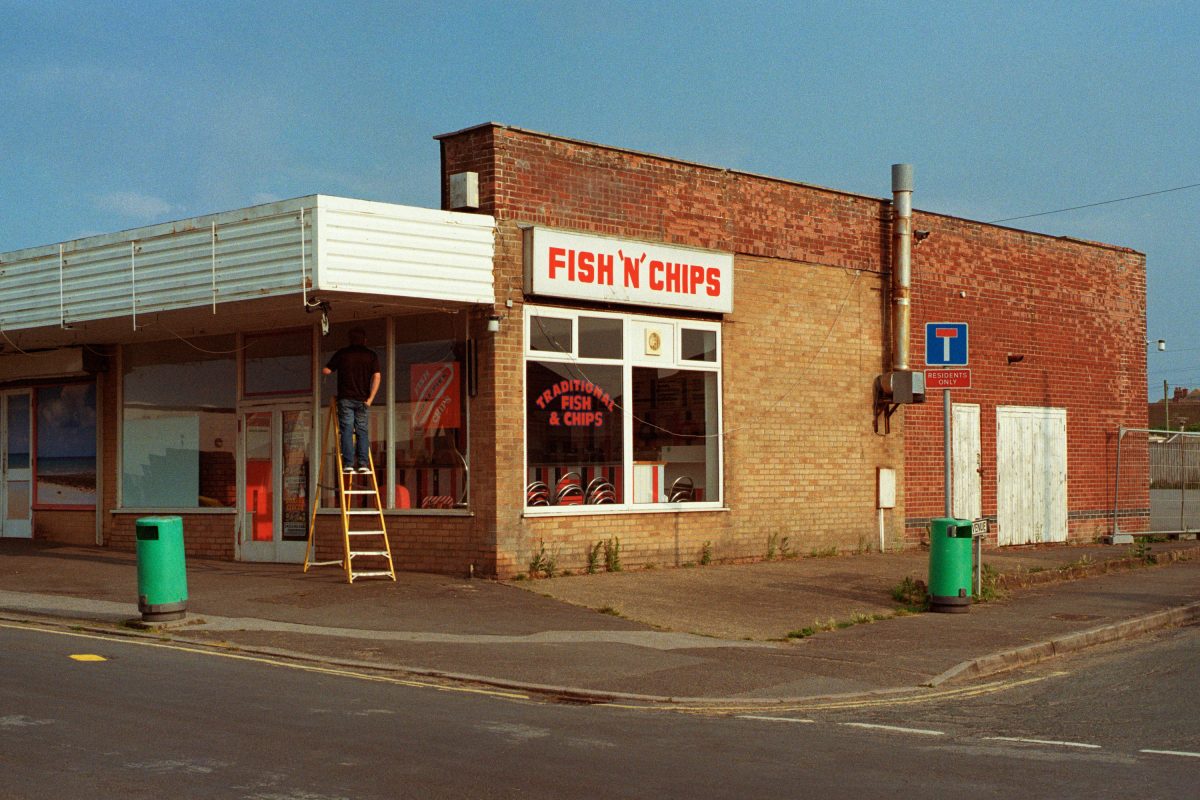
Activity
With everyone stood around the collection of photographs, this is an opportunity for the group to get hands on in forming connections between the images and starting to build a sequence for your zine.
- Start by thinking of the image sequence in the zine as one long sentence. Think about how the images will flow into one another, similarly to how words feel as they leave our mouths or how we read them from a page.
- Pull out pairings of photographs to start with and begin building a visual language. For example, the red coat that a woman is wearing as she crosses the road might flow into an image of an empty town centre with a lonely red post-box in the distance.
- Try building your sequence as a long line stretching across your workspace. Keep this as an evolving and working sequence – allowing for hands to step in, disrupt and develop.
Once your sequence has reached a point that you all agree on and feel good about, take the time to reflect on this as a group and think back to this idea of a collective portrait of a place.
III. Zines as a Collaborative Space
Now that you have created the content for your zine, it’s time to let this narrative unfold in book format. First, we want to start with building a ‘dummy zine’ – this essentially means a draft/mock up version of your publication. To keep your dummy zine feeling fluid and open to edits, you might want to have some blue tack or adhesive photo corners to hand for this activity, as well as a pack of A4 paper.
Make
Start by building your zine. Use our How To Make a Zine guide.
Remember that one sheet of A4 paper, will give you four A5 zine pages, double sided (holding 4 images – one per page).
Looking at your image sequence, work out how many sheets of A4 you will need to hold all your images. Prepare these pages by folding them in half and stacking the folded sheets on top of each other to form your booklet.
Next, start embedding your photographs into the dummy zine.
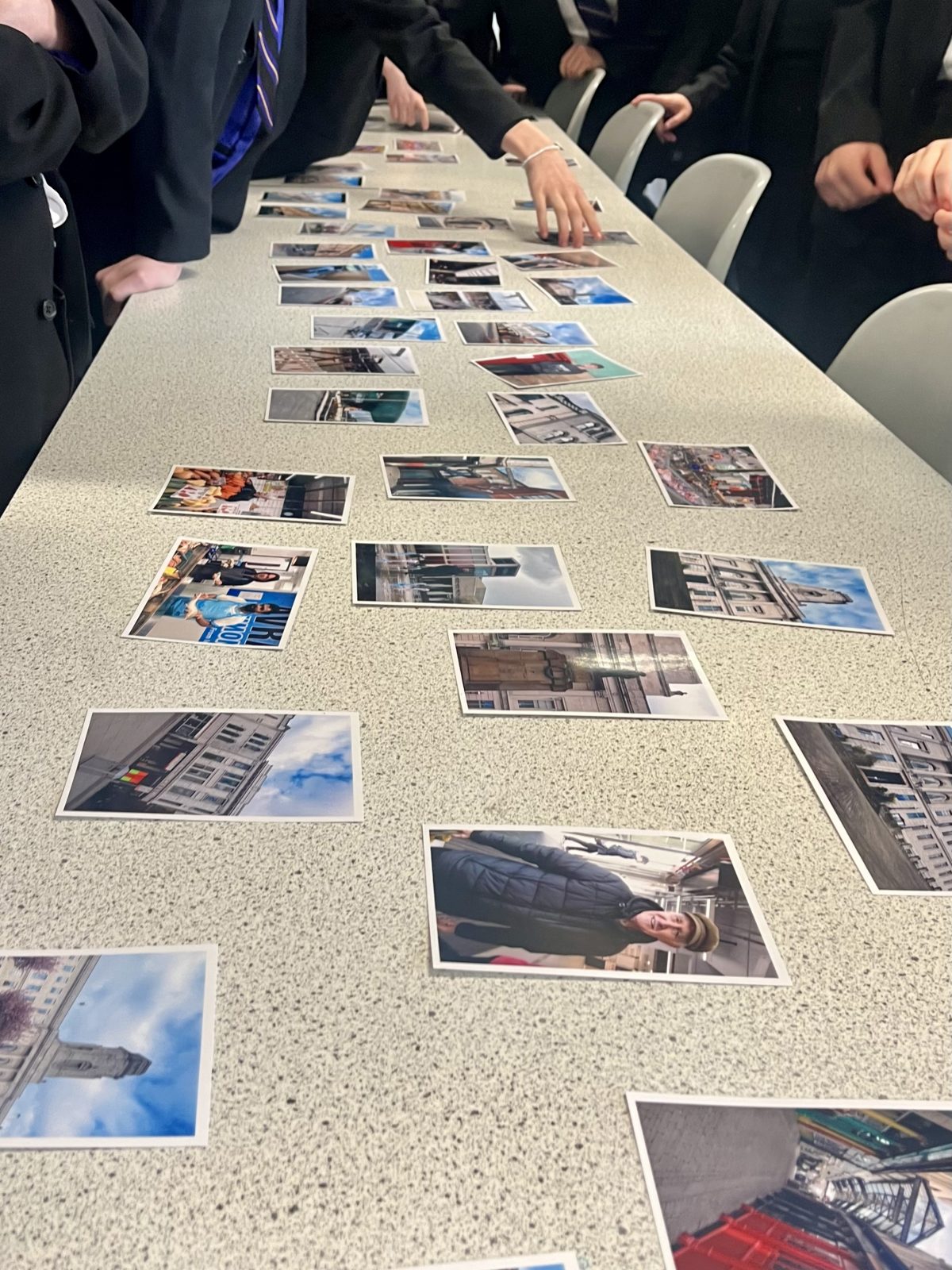
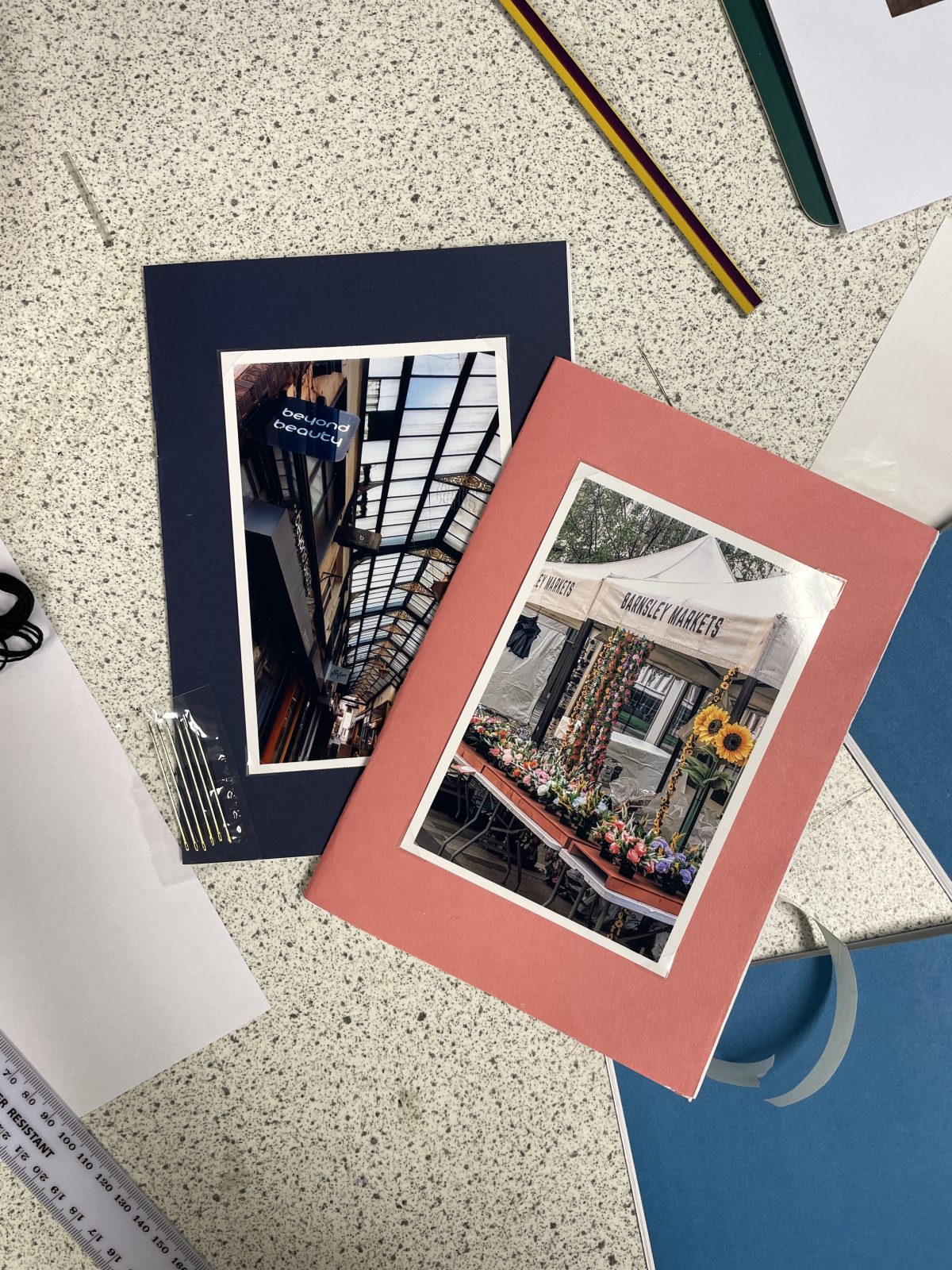
Reflect
Now that you have your dummy zine ready, we can visualise our photographs working together as one publication. Take time to reflect as a group on the following:
- How does it feel to flow through the publication, reading the different images as one long unfolding narrative?
- What role does scale play in storytelling? Are you happy with the size of the photographs on the page or would you choose to make the images smaller? What does scale say about the image and the scene represented in the image?
- Take stock on how your individual images have changed from seeing them in an isolated form, to being part of a bigger visual representation of a place.
- Do you want to include any text? This could be records from the conversations you had with people you photographed, or your own reflective notes as you recorded your feelings passing through different spaces.
- Think about how text and image can work together and the relationship between the two, just like how you considered the relationships between images.
- Is there anything you would change about the sequence, now that you are seeing it in book format? If so, what, and why?
- Do you feel that you have created a collective portrait of a place? What identity have you cultivated for you home?
This is Tarn, by Outwood Academy Shafton Year 9 Students, 2024. Video by Jake Smith.
Key Words Explained
Photowalk – the act of taking your camera/camera phone out on a walk with you, being mindful of really seeing your environment and the moments that unfold.
Collaboration – the act of working together with other people or organisations to create or achieve something.
Portrait – a portrait is a representation of a particular person.
Other artists and projects to explore
Check out these artists commissioned for Picturing High Streets:
Broth Tarn’s photographic archive of Barnsley
Tish Murtha Documentary ‘Tish’
Photoworks x Historic England: Picturing High Streets
About the Contributor
Emily Ryalls is a Yorkshire based artist, working in a space between photography and performance. Emily’s practice blurs the line between a divided photographer-subject relationship, creating meaningful and collaborative works with a feminist research-based approach. Her work has been published, exhibited, and performed within Europe, including Photo50 at London Art Fair, Yorkshire Sculpture Park, OFF Bratislava, Format Festival, and The Art House.
As part of the artist’s passion for creating more opportunity and visibility in photography at grassroots level, in 2021, Emily led on the build and development of the fully wheelchair accessible darkroom at the The Art House, which she now programmes, teaches in, and manages alongside her creative practice. It is the only one of its kind in the country, promoting process and learning through memorable interactions and community ethos.
As an educator, Emily has worked on artist research and participatory photography workshops with institutions such as Sheffield University, NHS Arts & Health programmes, Yorkshire Sculpture Park, Huddersfield University, Photoworks, National Coal Mining Museum, and others.
Ryalls developed this learning resource and teaching model following a workshop series with Outwood Academy Shafton, Barnsley as part of the Picturing High Streets project.
